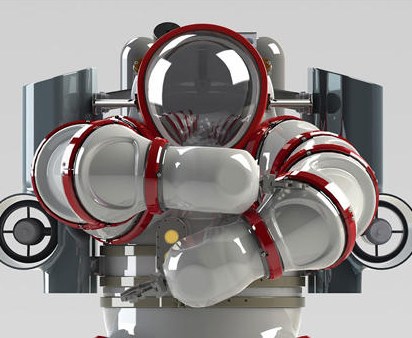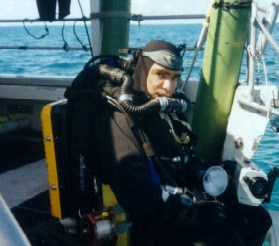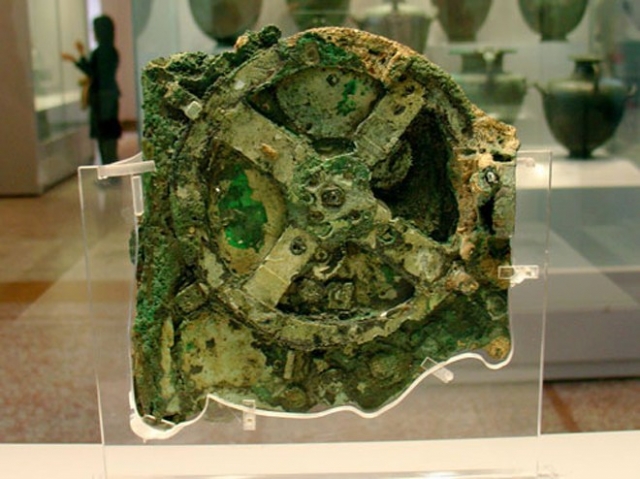Collage and pictures: www.zougla.gr
Alexandros Sotiriou is a Greek diver who is preparing to dive to the wreck site near Antikythera.
His purpose is to reveal the secrets of Poseidon. With the help of a submarine called Exo Suit, the diver will dive into the deep sea and bring archaeological discoveries to the surface, which are expected to cause a worldwide sensation.

A few days ago, he completed his training at the Oceanographic Centre of Woods Hole, together with the first of the other members of the research group, namely Dr Theotokis Teodoulou and Phil Short.
The team will include a diver, support personnel servicing the diving, as well as a supervisor who has the necessary expertise for underwater operations.
How does Exo Suit work?
This is a submarine, which in practice is like clothing. The diver is sealed inside a suit which covers the entire body, and the work is monitored and maintained by the other members from the surface. In his last statements, Alexandros Sotiriou said that the initial challenge was to get used to the new reality – to be dependent on the equipment and the other team members.
"In such a moment, it is important to know that you are with the most skilful people on the planet, as well as with equipment of unique quality," he emphasized.
What may the wreck at Antikythera hide?

Professional divers will explore new discoveries at the wreck site using the latest technology within the "Antikythera 2014" programme.
So far the findings from the site include unique treasures, such as the statues of the philosopher's head and Antikythera Youth, as well as the famous Antikythera Mechanism, which were discovered by sponge divers from Symi Island, who dived near the wreck site, at the beginning of the last century.
In 2014, more than 2,000 years after the sinking of the ship, and 114 years after its discovery and bringing out of parts of its cargo, the new mission aims to bring the "secrets of Poseidon" to the surface.

It is noted that the "Antikythera Mechanism" (also known as the Antikythera Astrolabe) is an ancient mechanism which is believed to have been a mechanical abacus and equipment for astronomical observations, similar to complex clockwork.